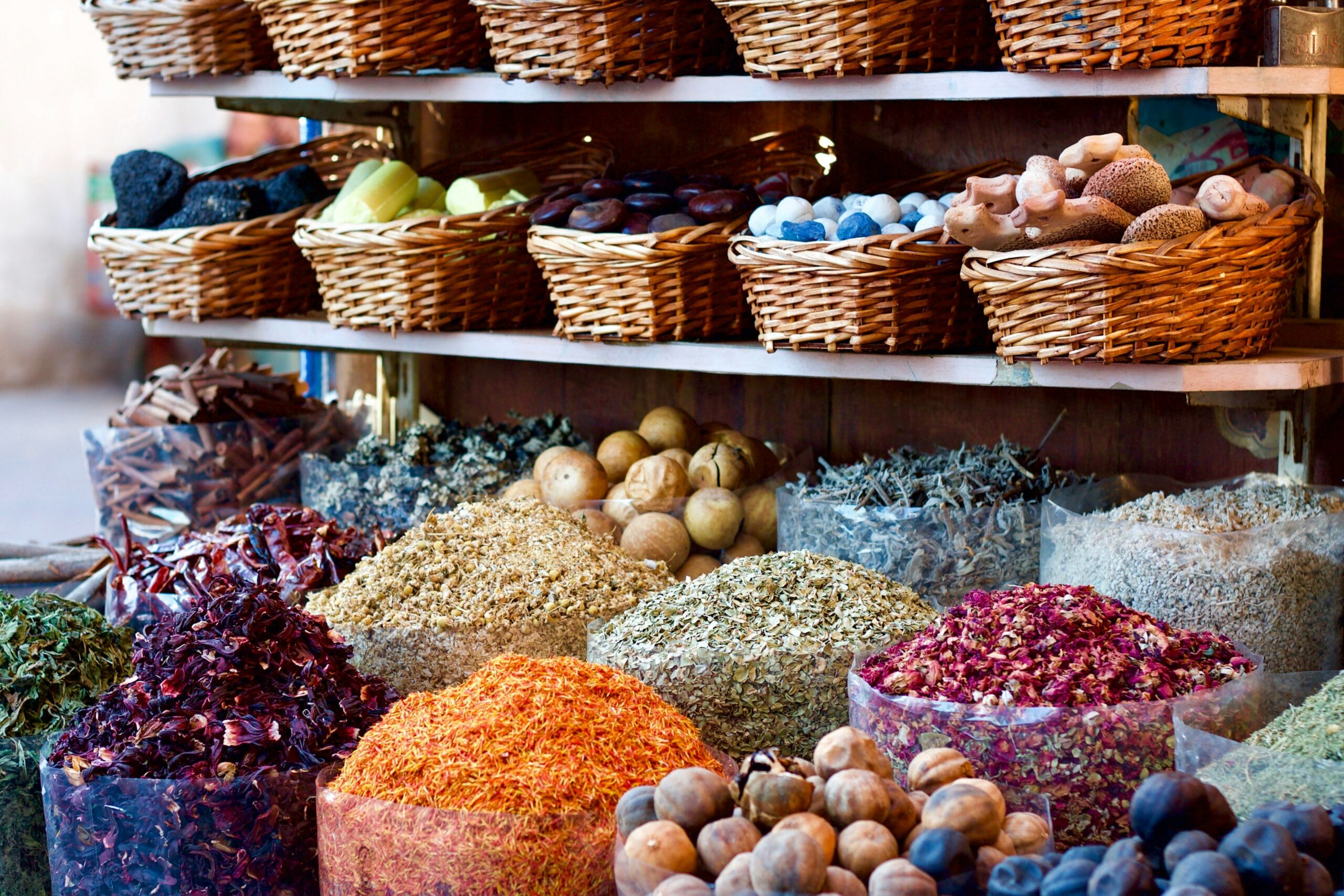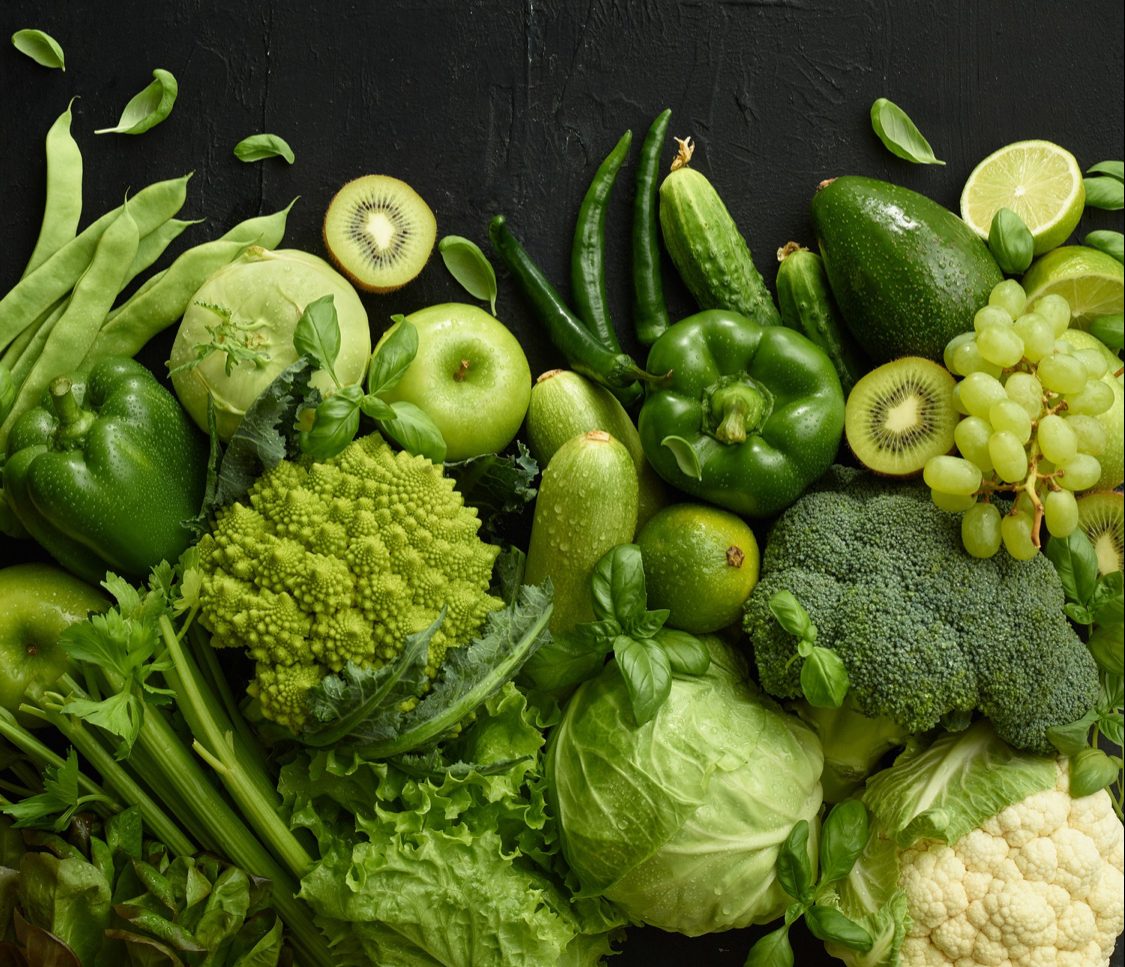Conduct Visual Inspection:
One of the simplest ways to detect food adulteration is through visual inspection. Examine the appearance of food products for any signs of tampering, discolouration, or unusual textures. For example, milk adulterated with water may appear thinner and have a bluish tint, while spices mixed with sawdust or artificial colours may have irregular particles or inconsistent colouring.
Perform Simple Tests:
Several simple tests can be conducted at home to detect common adulterants in food. For instance, testing the purity of milk can be done by adding a few drops of iodine solution – if the milk turns blue, it indicates the presence of starch, suggesting dilution with water. Similarly, testing the authenticity of honey can be done by placing a drop on a paper towel – pure honey will not be absorbed, while adulterated honey may contain added sugars and moisture.
Use Common Sense:
Trusting your instincts and using common sense can also help in detecting food adulteration. Be wary of unusually low prices or deals that seem too good to be true, as they may be standard or adulterated products. Additionally, be cautious when purchasing food items from unfamiliar or unlicensed vendors, especially those needing proper labelling or packaging.
Know Your Sources:
Building a relationship with trusted food suppliers and retailers can assure product quality and authenticity. Choose reputable brands and establishments known for their commitment to food safety and integrity. Ask questions about sourcing practices, production methods, and quality control measures to ensure the products you purchase are genuine and free from adulteration.
Stay Informed:
Keeping abreast of food safety alerts, recalls, and advisories issued by government agencies. Which can help you stay informed about potential risks and adulteration incidents. Follow reputable sources of information such as food safety authorities and consumer advocacy groups. And be proactive in seeking out information on emerging food safety issues and trends.
Conclusion:
Detecting food adulteration at home requires a combination of observation, testing, and common sense. By being vigilant and informed consumers, we can take proactive steps to safeguard everyone from adulterated food products. Remember to trust your instincts, know your sources, and stay informed about food safety best practices to make informed choices.
 Food Manifest
Food Manifest 



















Leave a Comment
Your email address will not be published. Required fields are marked with *